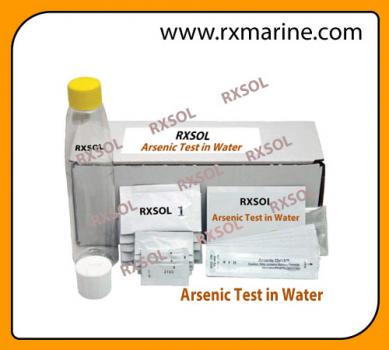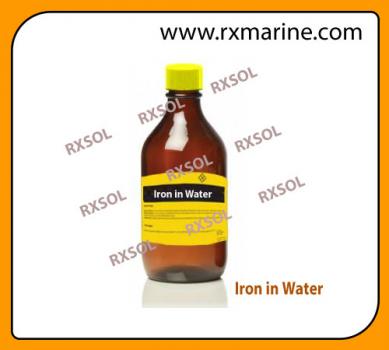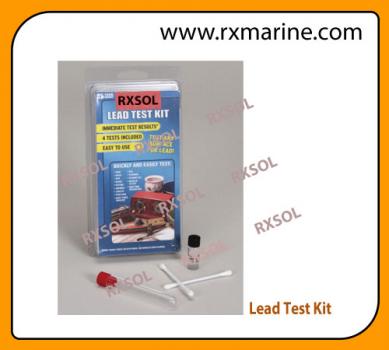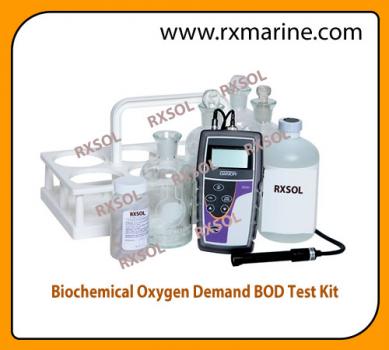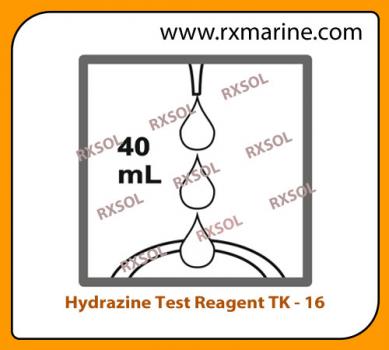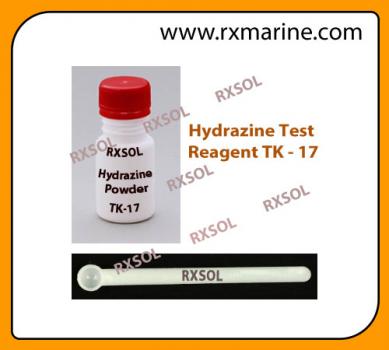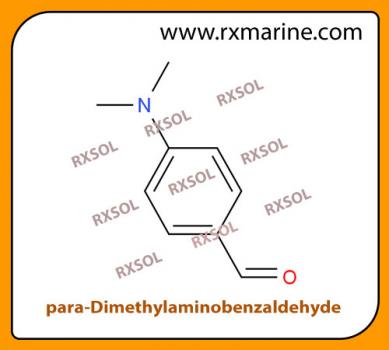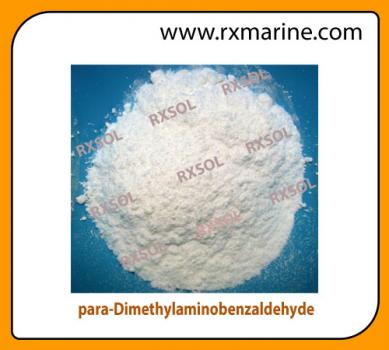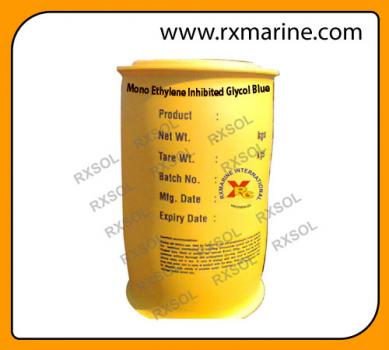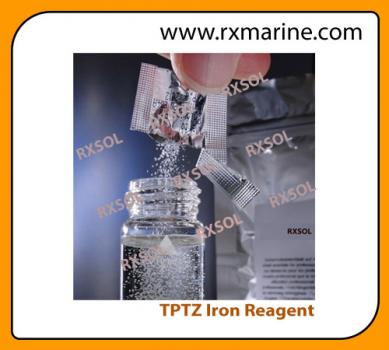Indole-Positive Bacteria that test positive for cleaving indole from tryptophan include: Aeromonas hydrophilia, Aeromonas punctata, Bacillus alvei, most Citrobacter sp., Edwardsiella sp., Escherichia coli,Flavobacterium sp., Haemophilus oxytoca, Proteus sp. (not P. shigelloides, Pasteurella pneumotropica, Streptococcus faecalis and Vibrio species. Bacteria which give negative results for the indole test include: Actinobacillus spp., Aeromonas salmonicida, Alcaligenes sp., most Bacillus sp., Bordetella sp., Enterobacter sp.,Lactobacillus spp., most Haemophilus sp., most Klebsiella sp., Neisseria sp., Pasteurella haemolytica, Pasteurella ureae, Proteus mirabilis, Pseudomonas sp., Salmonella sp., Serratia sp., Yersinia sp.50, 51 Kitasato's discovery that Escherichia coli could be distinguished from Klebsiella species (Aerobacter aerogenes) by virtue of its ability to produce indole initiated the detection of indole production as an accepted analytical tool for the bacteriologist
MECHANISM :
INDOLE TEST chemical concept :::
Principally this test is based on to determine the ability of microbe to degrade the AMINO ACID TRYPTOPHAN.
Tryptophan ——(Tryptophanase)——> Indole + Pyruvic Acid + Ammonia
p-dimethylaminobenzaldehyde ( with Hcl and isoamyl alcohol ) + Indole —-------------> Quinoidal Red - or - Violet Compound
Result : Development of Cherry Red Colour at the interface of the reagent and the broth, within seconds after adding the Kovacs reagent indicate the presence of indole and the test is positive. If no colour change is observed, then the test is negative and so organisms are not capable of producing tryptophanase.



